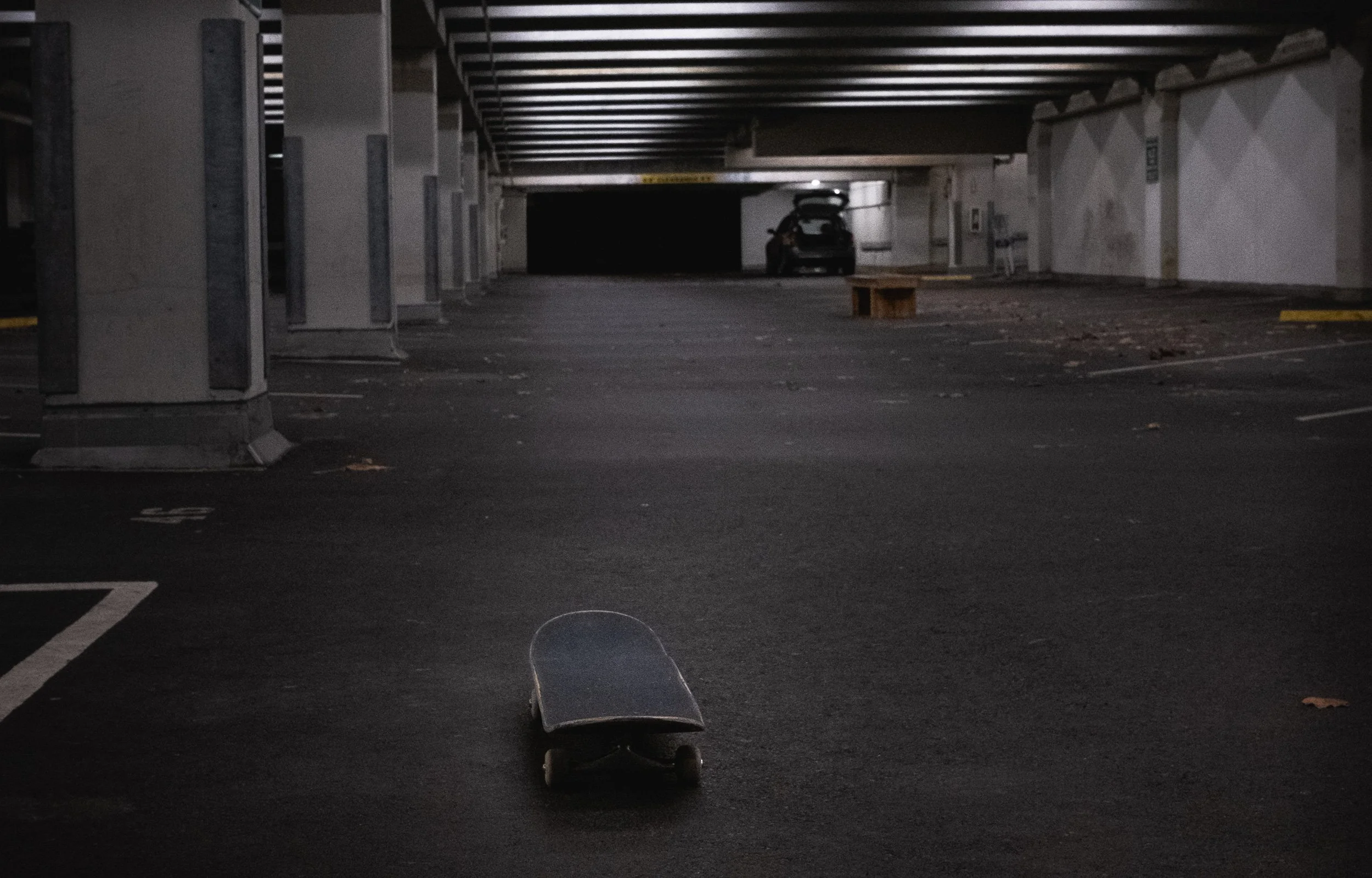Flat Ground, A Ledge and The Death of Childlike Wonder
“The ground and ledges are so good, and it’s perfect; there is a pump track right next to it, so the little kids never come into the park.” I’m not going to name names because I value my friendships. Still, I can’t help but laugh at the irony of a conversation between two people whose jobs depend on the health of skateboarding being excited about creating something so niche and banal that young kids have absolutely no interest in exploring it.
No ramps big enough to slide down on your butt or run up and down when the big kids aren’t around. No quarter pipes to learn to drop in on, no place for flyouts from the local hero, or ways to simply go fast, see people fly through the air, or catch the initial spark.
If you listen to industry chatter or read the blogs, the skateboarding industry is in the middle of a downward dip, with signs pointing to a lack of new, young participants as a leading cause of the current woes.
You’ve probably also heard or even uttered it yourself at some point, “I wish skateboarding would just die so it would get cool again.” Sounds great in theory, but when your local shop shutters its doors or moves to strictly online to prolong the pain, and your friends start getting laid off, the cruel reality sets in.
As negative sales trends continue and the previous generation of lifers influenced by the vert & bowl heavy 80s begin to age out and release their iron grip of influence on budget-maximizing skatepark mega-builds, the 90s ledge & plaza influenced 30-50 demographic is ready at the gates screaming to their local municipalities. “All we need is a ledge and some good flat ground.”
While these low-impact skateparks have only recently gained momentum and started to take hold, it’s hard not to wonder if they’ll be the next big trend and where that will take us.
Don’t get me wrong. If you’ve seen my stories, you know I am very pro ledge/flat ground and will be perfectly happy skating a single ledge for the rest of my days. I’m also self-deprecating by nature, stuck with skateboarding as a cornerstone of my identity, and thus can’t help but talk some shit.
So, how can we make a concrete pen of mostly middle-aged adults currently rolling around less appealing to the youth? Remove all obstacles that create speed or high-flying antics. Keep things 10-16” off the ground and focused on tricks that take a few years of cultural studies to appreciate, but to the average person look like an old person flinging their board repeatedly at a box of concrete. That should do it. Fortnite doesn’t stand a chance.
Still, there are more skateparks now than ever before in history, and new participation is down. Skatepark design is not the root of the problem, nor will it be the solution. Skateboarding contains multitudes and will always have a smattering of options to choose from. If you want to dive deep, listen to Vent City; they do a great job dissecting the matter.
Back to the youth. At some point in my twenties, I learned through some random VH1 docuseries that all of the cartoons of my youth were funded and created by toy companies with the explicit intent to sell toys to children like me. I know, for someone with a marketing background, that really shouldn’t have come as a surprise, but I was shocked and felt duped by the simplicity of their plan. Create an exciting story, package it, and sell it in blister pack form.
We age. We try to legitimize the worth of our life’s work to anyone who will listen. Mostly ourselves. Our collective horse gets uncomfortably high, and skateboarding further becomes the subject matter reserved for academic jousting and public policy. It’s worth remembering how this all started. These boards were made as toys for children. Let’s never forget it.

